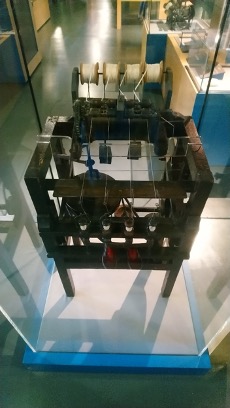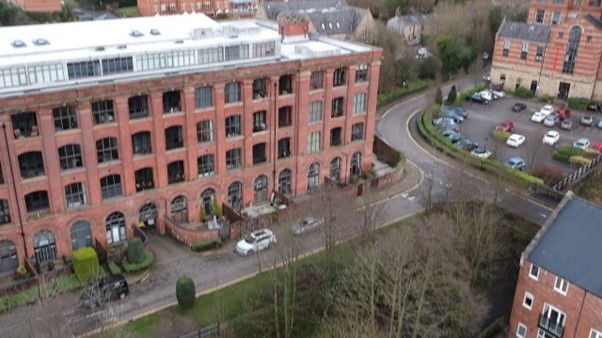In the early nineteenth century, the cotton industry came to Bolton, rapidly revolutionising what had been a small settlement.
Bolton’s “population grew from 17,000 inhabitants in 1801 to nearly 181,000 in 1911” (Hyde and Clayton, 2011, p.28) and by only “1838 […] Bolton was recognised as one of the largest of Lancashire’s manufacturing towns.” (Wykes) This vast influx of people, coupled with the new technology that drove this migration and the industrial revolution nationwide, would’ve rapidly changed Bolton to such a point it would’ve become rapidly unrecognisable.
This change is still reflected in Bolton today. The city’s sudden prosperity is seen in its contemporary architecture: the size and architectural splendour of Albert Hall; its rising population in the equally impressive Bolton Market Place; its industrial history in its canal network and its now repurposed factories. Even today, it is the Victorian era that is most evident, walking the streets of Bolton and seeing the impressive stone facades of buildings repurposed as shops and visitor centres.
Eagley mills is one such example. It was a cotton mill and relatively standard for a Victorian factory; large and square to accommodate large, open floor plans and high ceilings for the cotton mules. One of the principle architectural innovations of the industrial revolution was cast iron. It was often “used as the framework” (Victorian Era) for the structure of factories, then coated in bricks, allowing for larger and more open structures. This also allowed another standard of industrial architecture, large open windows, “enabling a good supply of natural light,” (ibid) important for manual work. The place is a fine reminder of the rapid changes Bolton underwent at the time, that made it the place it is today. The company that ran the mills, J ad N Phillips and Co. “were regarded as one of the major cotton firms in Lancaster” (n.d.a, 2016, p.6) and “by 1894 the mill employed two thousand workers” (ibid).
The current structures look much like they would’ve back then. The largest of the mills was demolished and the remaining two were built in 1871 after a fire, but asides from that, there’s been remarkably little change. Nowadays, they’re used as apartments. World War I effectively eliminated a huge amount of the global cotton market, and by 1933, “Japan had begun to set up their own factories and were now producing material with much lower costs,” (Brain, 2019) effectively beginning the downfall of the British cotton industry. Between the 1960s and 70s, the industry completely collapsed, with an average of one cotton mill closing each week (Johnson, 2018). The end of the cotton industry came with the same speed with which it remade Bolton in the nineteenth century. Now all that remains are the vast shells of its factories and its infrastructure, scattered across Bolton, enmeshed with its cityscape and its people’s lives.


Samuel Crompton lived in Bolton in the eighteenth century, when he invented the spinning mule, improving on Arkady’s design. Samuel Crompton was the reason Bolton became so important in the industrial revolution. His “invention of the spinning mule provided the basis for the start of an important textile machinery-making industry” (Ashmore, 1982, p.81).
Bibliography
Ashmore, O. (1982) Industrial Archaeology of North-west England, Manchester University Press
Bolton Environmental Department, (2016) Eagley Bank area conservation appraisal, viewed 16/03/2024
Brain, J. [2019] The Cotton Industry, [online] The Cotton Industry – Historic UK (historic-uk.com) [accessed: 20/0302024]
Hyde, J. and D. Clayton,(2011) Out and about in Bolton: Historian; London, the Historical Association, p28-31.
Johnson, G. (2018) Trouble at t’mill, the declining years of our cotton industry [online] Trouble at t’mill, the declining years of our cotton industry | Lancashire Telegraph [accessed: 20/03/2024]
N.d.a, (?) Victorian Industrial Architecture, Pre Industrial Revolution Architecture, [online] Victorian Industrial Architecture, Pre Industrial Revolution Architecture (victorian-era.org) [accessed: 20/03/2024]
Wykes, T. Why was cotton so important in North-West England, [online] http://revealinghistories.org.uk/why-was-cotton-so-important-in-north-west-england/places/bolton.html [accessed: 16/03/2024]
Author
-
Finn is a pianist from Birmingham. He wants to write books for a living, because he wants to have no money and live in a cardboard box. Until then, he's studying Creative Writing at the University of Bolton.
View all posts










